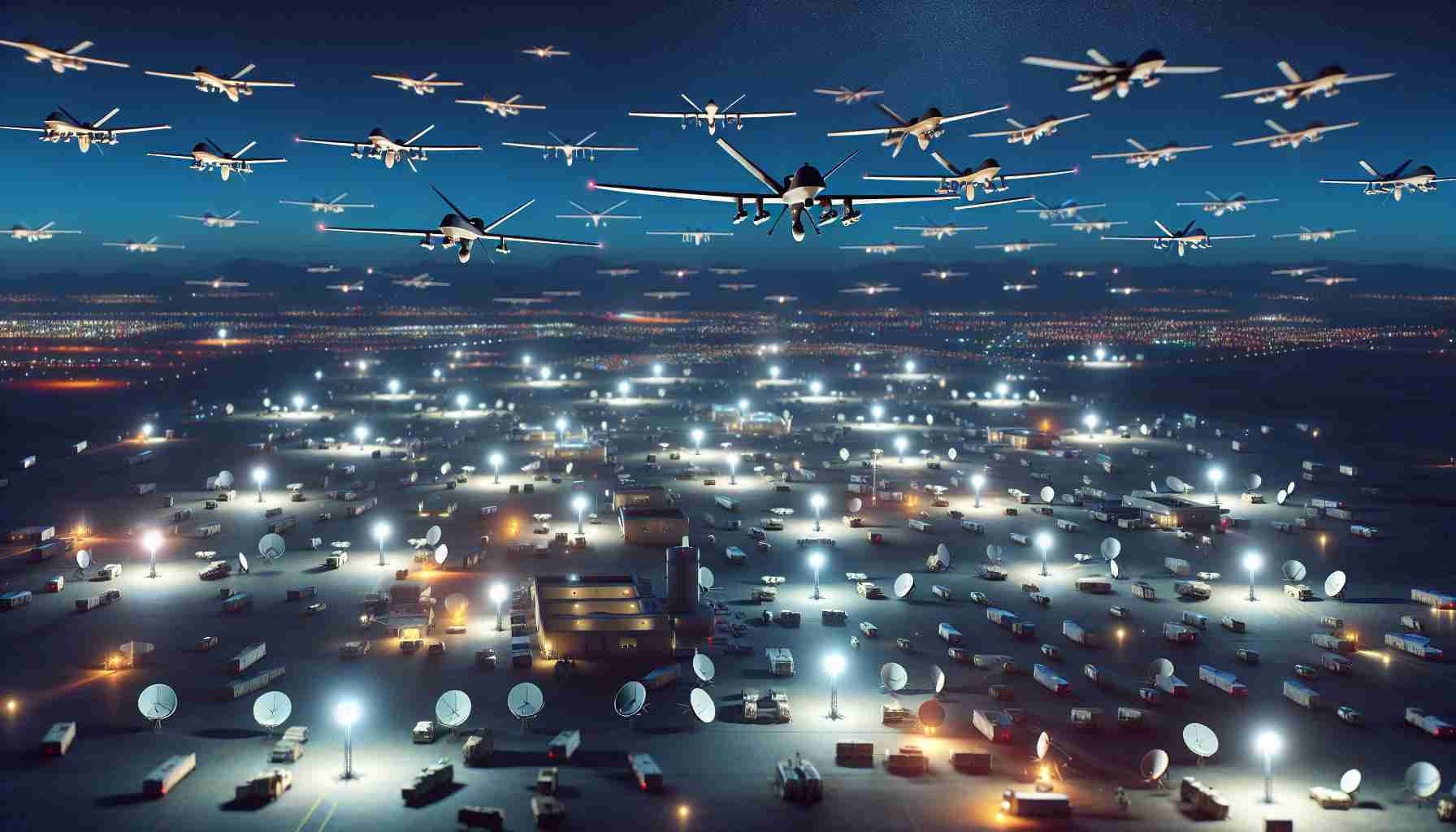A series of recent drone attacks by Ukraine on Russian military installations has caused significant damage and disruption to Moscow’s operations. The latest strike targeted a warehouse in Krasnodar, Russia, reportedly housing Iranian-made drones. The attack resulted in explosions and secondary detonations, indicating precise hits on the target.
In response, Moscow has ordered authorities in occupied Ukrainian territories to investigate the use of seized factories for producing kamikaze drones. These drones, intended for quicker delivery times, would be stored in urban areas, risking civilian safety. The Center for National Resistance in Kyiv raised concerns about this strategy, warning against using the local population as human shields.
Ukraine’s aggressive drone strikes have targeted key Russian military and energy infrastructure in recent weeks. Attacks on the Khanskaya military airfield and the 67th Arsenal in Bryansk Oblast have caused significant damage, destroying fuel depots and artillery weapons. These strikes represent Ukraine’s efforts to counter Moscow’s military activities.
Notably, Ukraine’s security services have recently claimed responsibility for drone attacks on military airfields in Russia, including the Borisoglebsk airfield. These ongoing assaults exemplify Kyiv’s determination to disrupt Russian military operations and defend its sovereignty.
Ukraine’s Increasing Use of Drone Strikes Against Russian Facilities Raises Key Questions
Amidst the escalating conflict between Ukraine and Russia, the recent surge in drone strikes by Ukraine has prompted several important questions regarding the ongoing hostilities. These questions highlight the complexities and implications of Ukraine’s military actions and their impact on the broader geopolitical landscape. Here are some of the key questions raised by Ukraine’s increased use of drone strikes:
1. What are the strategic objectives behind Ukraine’s intensified drone strikes on Russian facilities?
Ukraine’s decision to ramp up drone attacks on Russian military installations suggests a shift towards more aggressive tactics in response to perceived threats from Moscow. Understanding the strategic goals driving these strikes is crucial in assessing Ukraine’s military strategy and its broader objectives in the conflict.
2. How effective have Ukraine’s drone strikes been in disrupting Russian military operations?
Assessing the effectiveness of Ukraine’s drone strikes in disrupting Russian military activities is vital in gauging the success of these targeted operations. Analyzing the impact of these strikes on Russian infrastructure and operational capabilities provides insight into the extent of Ukraine’s ability to counter Russian aggression.
3. What challenges or controversies are associated with Ukraine’s use of drone strikes?
The utilization of drones in conflict zones raises ethical, legal, and practical challenges. From concerns about civilian casualties to questions regarding the legality of targeted strikes, exploring the challenges and controversies associated with Ukraine’s drone operations sheds light on the complexities of modern warfare.
In addition to these key questions, there are advantages and disadvantages linked to Ukraine’s escalating drone strikes on Russian facilities.
Advantages:
– Precision Targeting: Drones allow for targeted strikes on specific military installations, minimizing collateral damage and increasing the effectiveness of offensive operations.
– Disruption of Enemy Operations: By targeting key Russian military and energy infrastructure, Ukraine can disrupt enemy operations and weaken Moscow’s strategic capabilities.
– Enhanced Defense: Using drones as a defensive measure bolsters Ukraine’s ability to defend its sovereignty and counter Russian military incursions effectively.
Disadvantages:
– Civilian Risk: Storing kamikaze drones in urban areas poses a risk to civilian populations, potentially leading to unintended harm to non-combatants.
– Escalation of Conflict: Intensified drone strikes could escalate the conflict between Ukraine and Russia, leading to further violence and instability in the region.
– International Backlash: The use of drones in military operations may draw international criticism and scrutiny, affecting Ukraine’s diplomatic relations and reputation on the global stage.
For further insights on the evolving dynamics of the conflict between Ukraine and Russia, visit BBC News. The comprehensive coverage provided by reputable news outlets can offer a more in-depth understanding of the broader implications of Ukraine’s drone strikes on Russian facilities.


















